My Total Shade
hiramsgrove
19 years ago
Related Stories
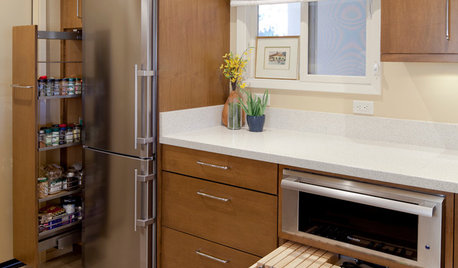
ORGANIZINGYour Total Home Organizing and Decluttering Guide
Take it slow or be a speed demon — this room-by-room approach to organizing and storage will get your home in shape no matter how you roll
Full Story
BEDROOMSThis Teen Girl's Room Has Total Grown-up Appeal
With a textured blue wall, a mod white bed and even a Lichtenstein, this teen's bedroom draws envy beyond her age group
Full Story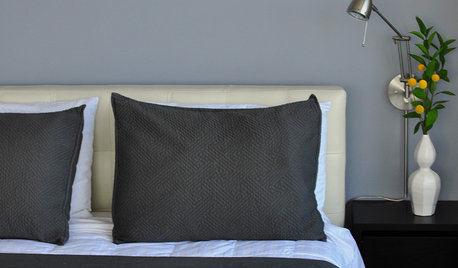
MOST POPULAR50 Shades of Gray
Gray is hotter than ever, thanks to a hit novel full of risks and dark secrets. Tell us: Which paint shade possesses you?
Full Story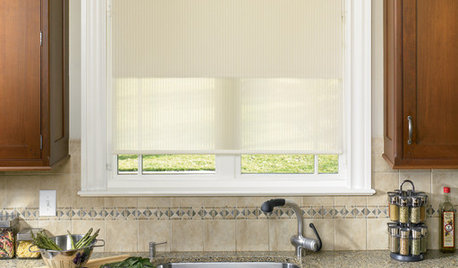
WINDOW TREATMENTSWhat’s the Right Way to Hang Roller Shades?
Over or under? It depends on how you want your shades to look, how much light you want to block and other factors
Full Story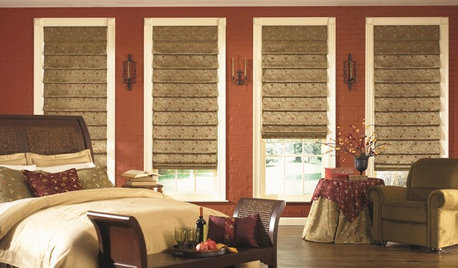
WINDOW TREATMENTSHow to Choose the Right Window Shades
Should you roll with rollers or do as the Romans do? This mini guide to choosing window shades can help
Full Story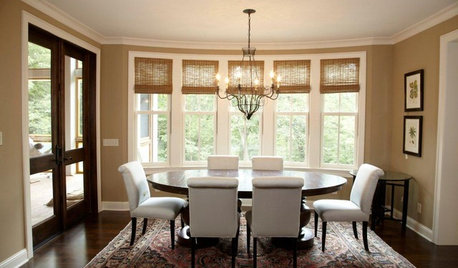
Woven Wood Shades Tie Rooms Together
Contrasting sharp modern edges or complementing a contemporary look, these window shades are a lovely finishing touch for any room
Full Story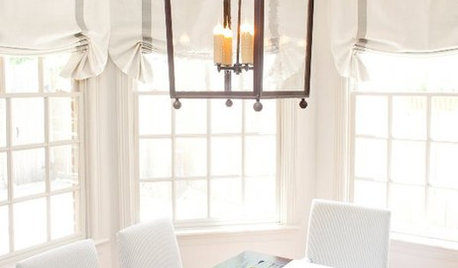
DECORATING GUIDESRooms Reign Supreme With Roman Shades
Relaxed or tucked into lavish folds, Roman shades triumph over plain curtains for a tailored, elegant window look
Full Story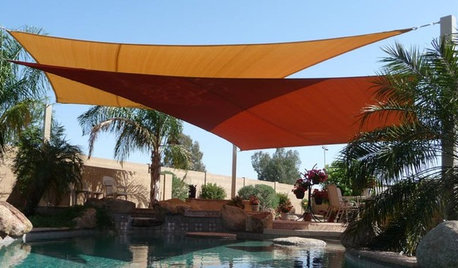
GARDENING AND LANDSCAPINGShade Sails: Outdoor Rooms Take Wing
Futuristic looking yet a terrific complement to both traditional and modern landscapes, shade sails lend a sculptural quality to patios
Full Story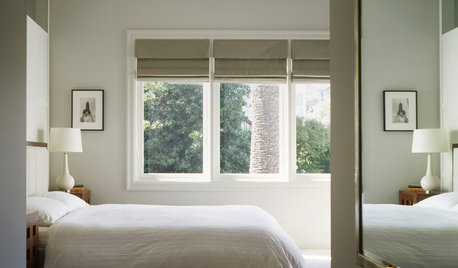
WINDOWSYour Windows: Roman Shades 101
Give your shades a personal touch with pattern, texture and trim
Full Story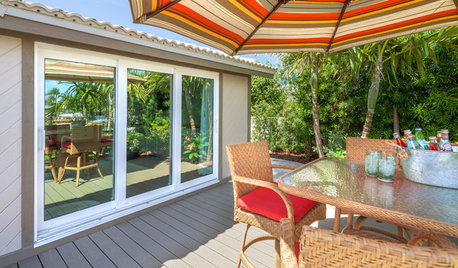
PATIOS6 Patio Cover Types to Shade You in Style
Protect yourself and your deck from the blazing sun with umbrellas, cloth, built structures — or nature's perfect shading solution
Full StorySponsored






janetr
TaraRose
Related Professionals
Allentown Landscape Architects & Landscape Designers · Fort Lee Landscape Architects & Landscape Designers · Garden City Landscape Architects & Landscape Designers · Glendora Landscape Architects & Landscape Designers · Grand Haven Landscape Architects & Landscape Designers · Kapaa Landscape Architects & Landscape Designers · Aberdeen Landscape Contractors · Dixon Landscape Contractors · Framingham Landscape Contractors · Middletown Landscape Contractors · North Haven Landscape Contractors · Sun City Center Landscape Contractors · West Covina Landscape Contractors · Huntsville Swimming Pool Builders · Phoenix Swimming Pool Buildersdclee123
Barbaraga
mudblood
dianne1957
hiramsgroveOriginal Author
knottyceltic
kwoods
knottyceltic
karinl